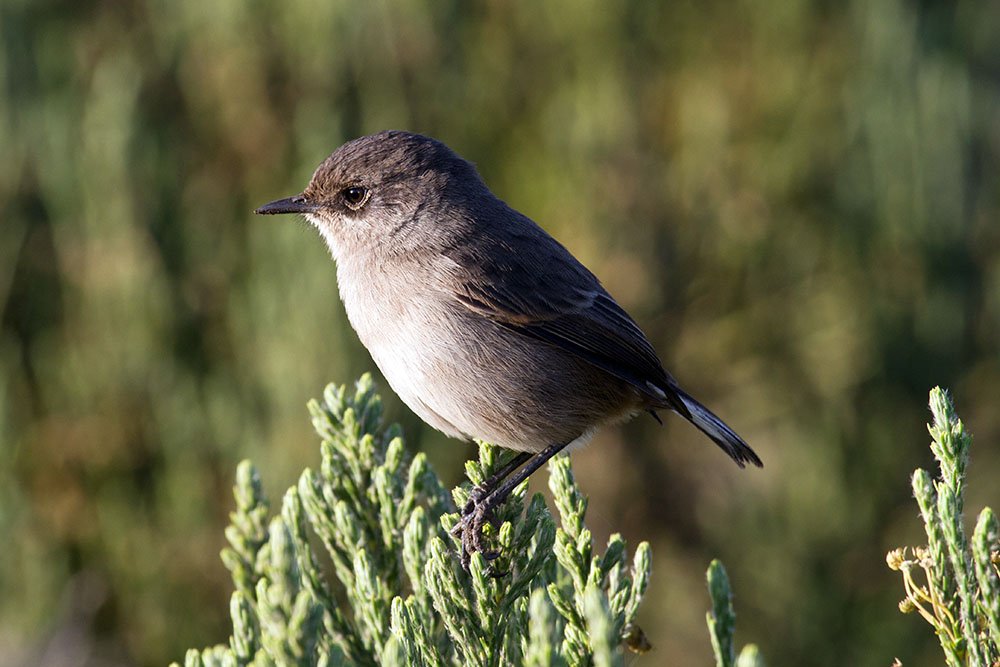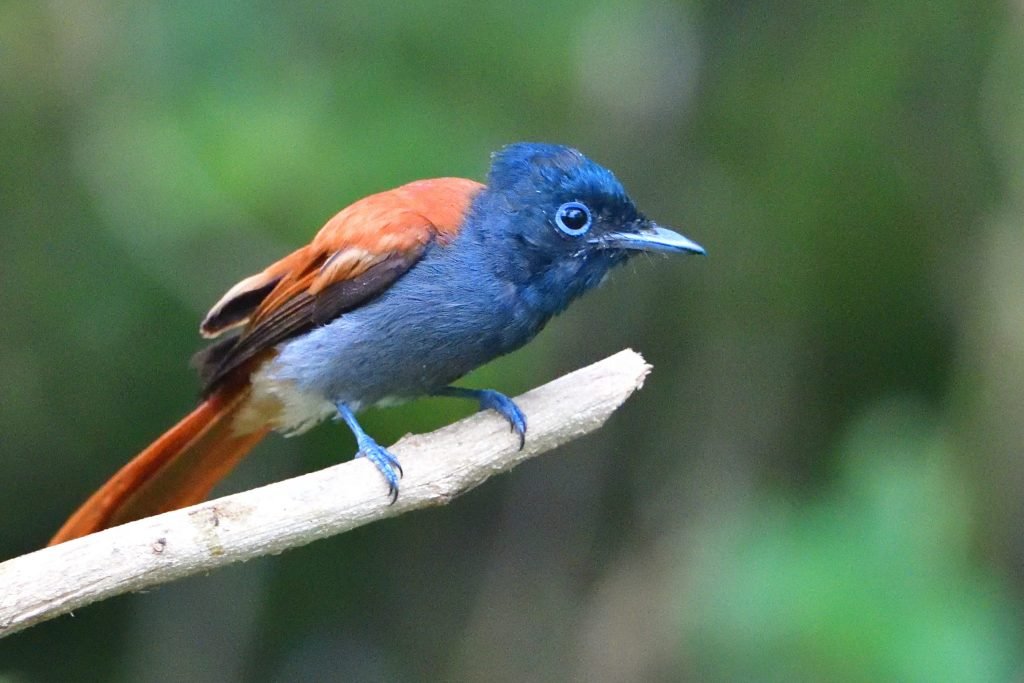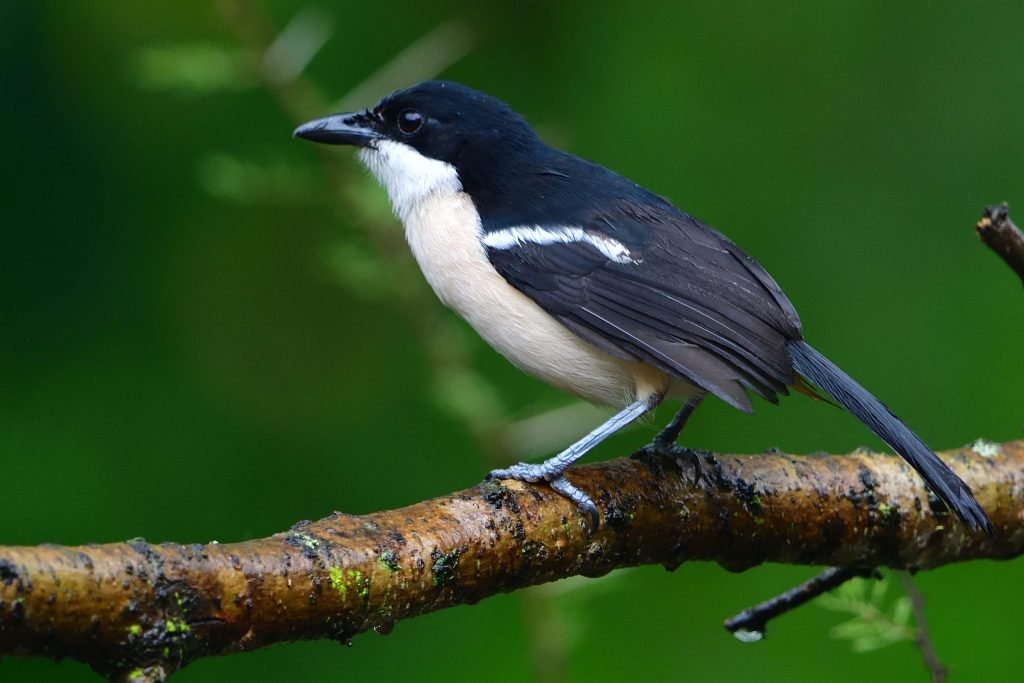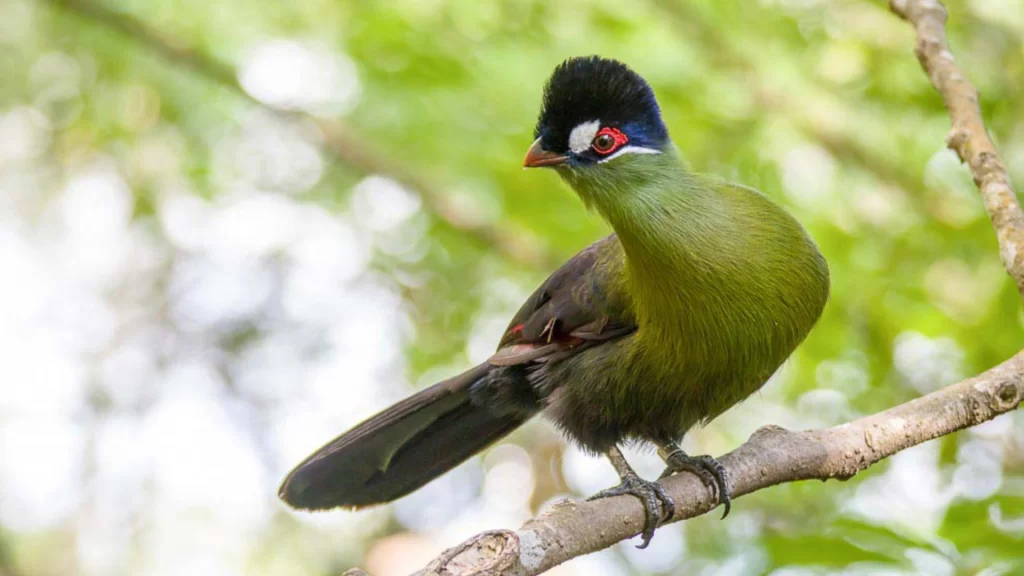Kilimanjaro National Park, encompassing the magnificent Mount Kilimanjaro, stands as a UNESCO World Heritage Site and Africa highest mountain. This legendary peak, often called “Mt Kilimanjaro,” rises majestically from the plains of northeastern Tanzania. Indeed, the park protects not only the snow-capped summit but also the surrounding montane forests and diverse ecosystems that extend to its base. Established in 1973 and designated a World Heritage Site in 1987, Kilimanjaro National Park attracts thousands of climbers and visitors each year. It offers unparalleled views and a truly unique ascent through multiple climatic zones within this Tanzanian protected area.
The Majestic Mountain and Its Climbing Routes
What makes Mount Kilimanjaro such a compelling challenge? Primarily, its sheer height, reaching 5,895 meters (19,341 feet) at Uhuru Peak, draws adventurers globally. Climbers undertake a journey through distinct ecological zones, from cultivation areas to rainforest, moorland, alpine desert, and finally, the arctic summit. Various routes lead to the top of this incredible mountain, each offering a different experience. Popular options include the Marangu route, known for its huts; the Machame route, a scenic and challenging climb; and the Lemosho route, famed for its beauty and excellent acclimatization profile. Choosing the right Kilimanjaro route is crucial for a successful and enjoyable ascent within Kilimanjaro National Park.
Planning Your Kilimanjaro National Park Adventure
Planning your climb to the summit of Mount Kilimanjaro requires careful preparation. Firstly, selecting a reputable tour operator is essential for safety and support. Secondly, adequate physical training and proper gear are paramount for tackling this grand mountain. While no technical climbing skills are required for most routes, the altitude poses a significant challenge. Therefore, a slower ascent, allowing for proper acclimatization, greatly increases success rates. Beyond climbing, Kilimanjaro National Park also offers opportunities for day hikes on its lower slopes, allowing visitors to experience its unique forests and wildlife, including colobus monkeys and various bird species, without attempting the summit. Ultimately, a trip to this iconic Tanzanian landmark promises an unforgettable adventure and a profound connection with nature’s grandeur.




















